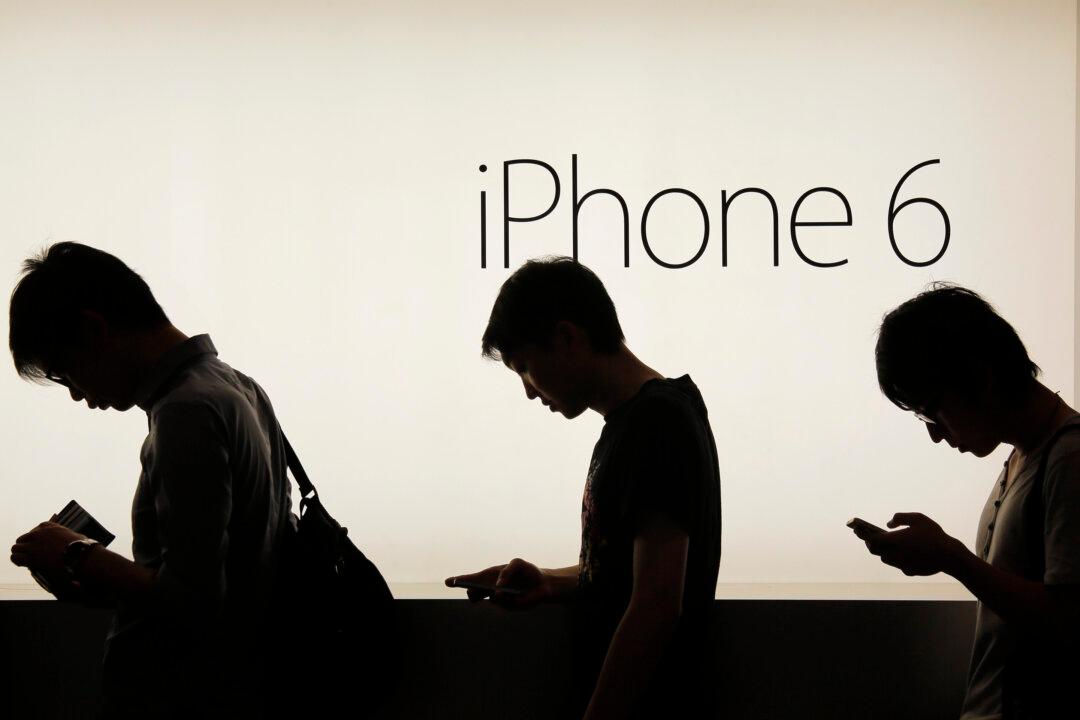In the mid to late ‘90s, one of the biggest selling points for a phone was its battery life. If your phone needed to be charged every three days, this was considered a nuisance. As soon as the smartphone era ushered itself in and took the world by storm, the status quo became much more disappointing with batteries taking no more than a day or so to drain completely.
Some smartphones do not even outlive a typical workday, making them sometimes useless in the moments when they are most needed (e.g. making phone calls!). What if we started setting the bar for battery life back to where it was when we were anxiously awaiting the 21st century in anticipation of new achievements in technology?
It Might Happen Sooner Than You Think
To understand why smartphones drain their batteries so quickly in comparison to their “dumber” counterparts, we have to understand what differences exist between the two that creates such a large gap in cell lifespan. The biggest one that comes to mind has to do with the large LCD screen that composes the centerpiece of any mobile device.
This massive piece of hardware takes up an equally massive chunk of the device’s power reserves. On the other hand, you have the various components that make up the bulk of a smartphone’s ability to function as what could basically be conceived as a miniature computer.
The screen, however, is perhaps one of the most troubling things demonstrating how insufficient modern battery technology is at serving the needs of consumers and businesses in a connected world.
While we are currently doing almost everything under the sun to try to make batteries function more efficiently – including making improvements to smartphone operating systems in such a way that they use less power – there are others who (rightfully) believe that we should be taking a look at the enormous battery hog we plastered in the front of every device.
One such organization – known as Bodle Technologies – has developed a phase-changing material that could solve the screen problem the same way that Amazon’s Kindle’s E-Ink display revolutionized the battery life of e-readers. You see, E-Ink technology was developed in such a way that images could only be displayed in a monochrome style.
This is great for presenting reading material but not necessarily an advantage for viewing a video on YouTube. The aforementioned phase-changing material has the ability to change into a variety of colors depending on the electrical signals it receives. In essence, the screen will function on a similar principle as E-Ink technology does, only in a variety of colors.




